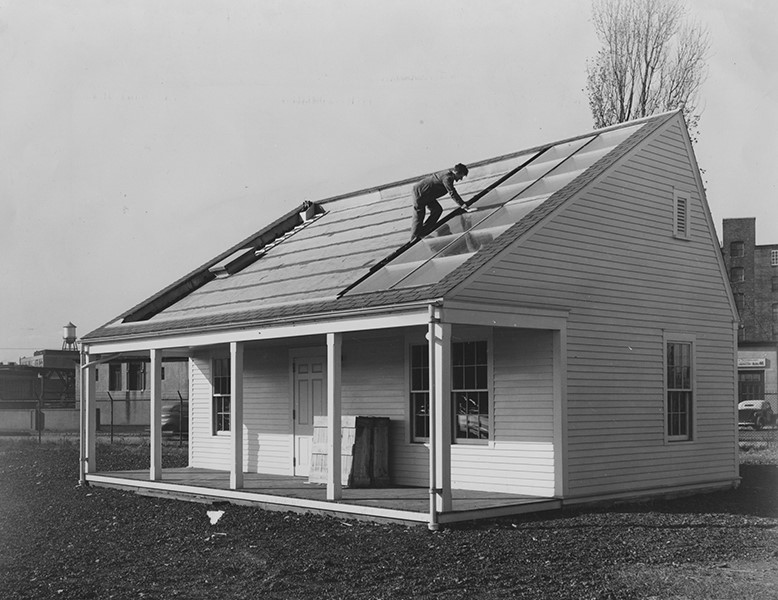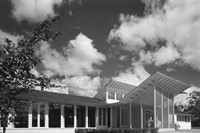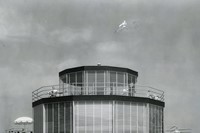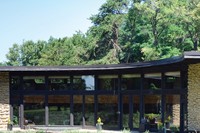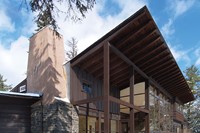“The label ‘solar house’ typically conjures an image from the 1970s,” author Anthony Denzer writes in his new study of solar residential architecture. But, he argues, this image is incomplete, and does little justice to its “extensive and rich
“The label ‘solar house’ typically conjures an image, I think, from the 1970s,” author Anthony Denzer, who teaches architectural engineering at the University of Wyoming, writes in his new study of solar residential architecture. “An eccentrically shaped structure with an oversized sloped glass wall and diagonal cedar siding… A Volkswagen van nearby.” But, Denzer goes on to argue, this image is incomplete, and does little justice to the “extensive and rich history of experimental solar houses before the 1970s, which has been overlooked by both architects and historians.”
“The label ‘solar house’ typically conjures an image from the 1970s but this image is incomplete”
Starting with the "father" of solar design, Fred Keck, The Solar House: Pioneering Sustainable Design, posits the solar-powered house not as the embodiment of radicalism, but, rather, a non-partisan, influential approach to domestic design that can be traced back in its modern form to the 1930s. Looking at singular houses designed by Frank Lloyd Wright in the 1940s, as well as the preponderance of structures that were imagined and built during the 1950s – aka the “Golden Age” of solar design – Denzer examines the political backlash against solar architecture in the 60s, before showing how the fuel crisis in the 1970s altered people’s perceptions of domestic energy consumption. Denzer also considers recent advancements such as the German Passivhaus project, which has seen the building of over 20,000 solar houses worldwide, as well as the US Department of Energy’s Solar Decathlon, which challenges university students to design, build, and operate a solar-powered house.
The Solar House: Pioneering Sustainable Design is available now from Rizzoli.
Text by Ananda Pellerin
